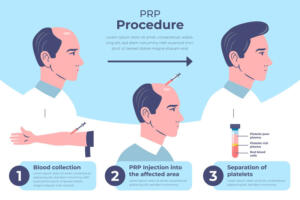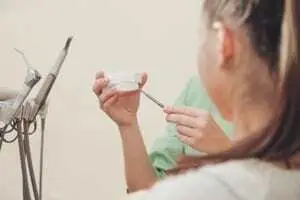
Everything You Need to Know About Dentures
At Marmaris Dental Center, we pride ourselves on providing top-quality dental services to our patients. One of the essential services we offer is the creation
Advancements in restorative dentistry have brought about a paradigm shift, moving away from invasive procedures that compromise natural tooth structure. Instead, a new era of treatment techniques has emerged, guided by the principles of minimally invasive dentistry, biomimicry, and innovative technologies. In this comprehensive exploration, we delve into the world of advanced treatment techniques that prioritize the preservation of the natural tooth while delivering durable, aesthetically pleasing, and patient-centered restorations.
Minimally invasive dentistry (MID) is a cornerstone of modern therapeutic techniques, honoring natural teeth’ intrinsic strength and integrity. By focusing on early detection and conservative interventions, MID aims to preserve as much healthy tooth structure as possible. This approach enhances the longevity of restorations and reduces the need for extensive procedures that can weaken teeth over time.

Biomimetic dentistry is inspired by nature’s design, aiming to replicate teeth’ natural properties and functions. Restorations crafted through biomimicry mimic the elasticity and strength of natural enamel, dentin, and pulp. This innovative approach provides durable and long-lasting solutions and reduces the risk of fractures and secondary decay. Biomimetic restorations seamlessly integrate with the natural tooth, ensuring functional and aesthetic success.
Laser dentistry has emerged as a revolutionary tool, reshaping the landscape of various dental procedures. In restorative dentistry, lasers offer unparalleled precision during cavity preparation, enabling dentists to target and remove only the decayed portions of the tooth. This precision minimizes the removal of healthy enamel and reduces the need for more extensive restorations. Additionally, lasers have found utility in treating gum disease, as they precisely remove infected tissue while promoting gum reattachment and healing.
Advanced diagnostic tools like laser fluorescence devices and digital imaging have transformed cavity detection. These technologies allow for the early identification of demineralized tooth structure, enabling dentists to intervene before cavities progress. Preventive measures, such as remineralization therapies and sealants, further emphasize the preservation of natural teeth by promoting remineralization and inhibiting the progression of decay.
Modern restorative dentistry strongly emphasizes adhesive bonding, a technique that allows for the attachment of restorations to the tooth structure without the need for extensive mechanical preparations. Adhesive bonding strengthens the bond between the restoration and the tooth and minimizes the removal of healthy enamel. This approach preserves the tooth’s natural strength and reduces the risk of fractures.
Conclusion: A New Era of Preservation and Restoration:
The landscape of restorative dentistry has evolved to prioritize the preservation of the natural tooth while delivering exceptional functional and aesthetic outcomes. Minimally invasive dentistry, biomimetic principles, laser technology, and adhesive bonding collectively mark a new era of preservation and restoration. As these advanced treatment techniques evolve, patients can anticipate a future where their oral health is safeguarded, their smiles are enhanced, and the essence of their natural teeth is celebrated in every restoration.

At Marmaris Dental Center, we pride ourselves on providing top-quality dental services to our patients. One of the essential services we offer is the creation

Hair transplants have become an increasingly popular solution for those experiencing hair loss. The procedure can restore not only your hair but also your confidence.

Orthodontic treatment is a significant investment in your oral health and appearance. Whether you’ve completed treatment with traditional braces, clear aligners, or orthodontic appliances, the

